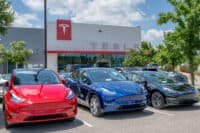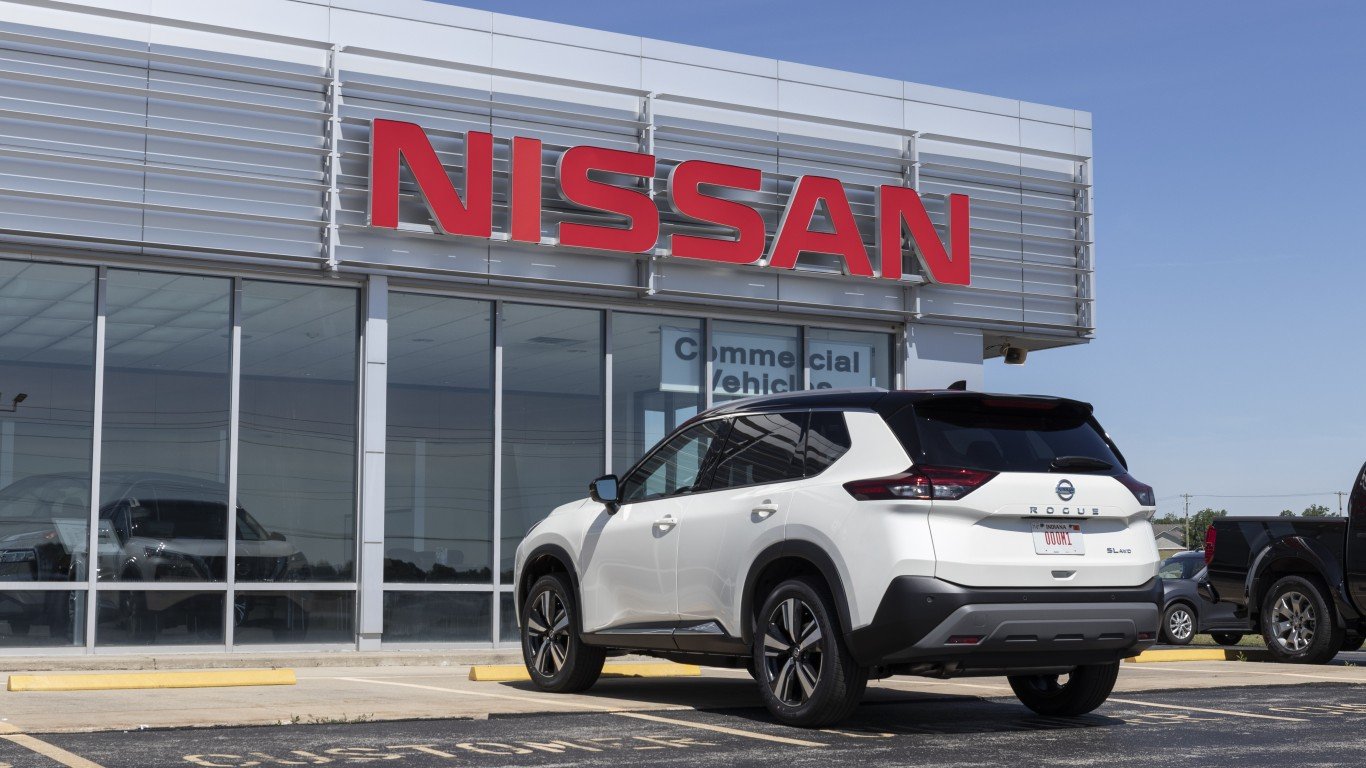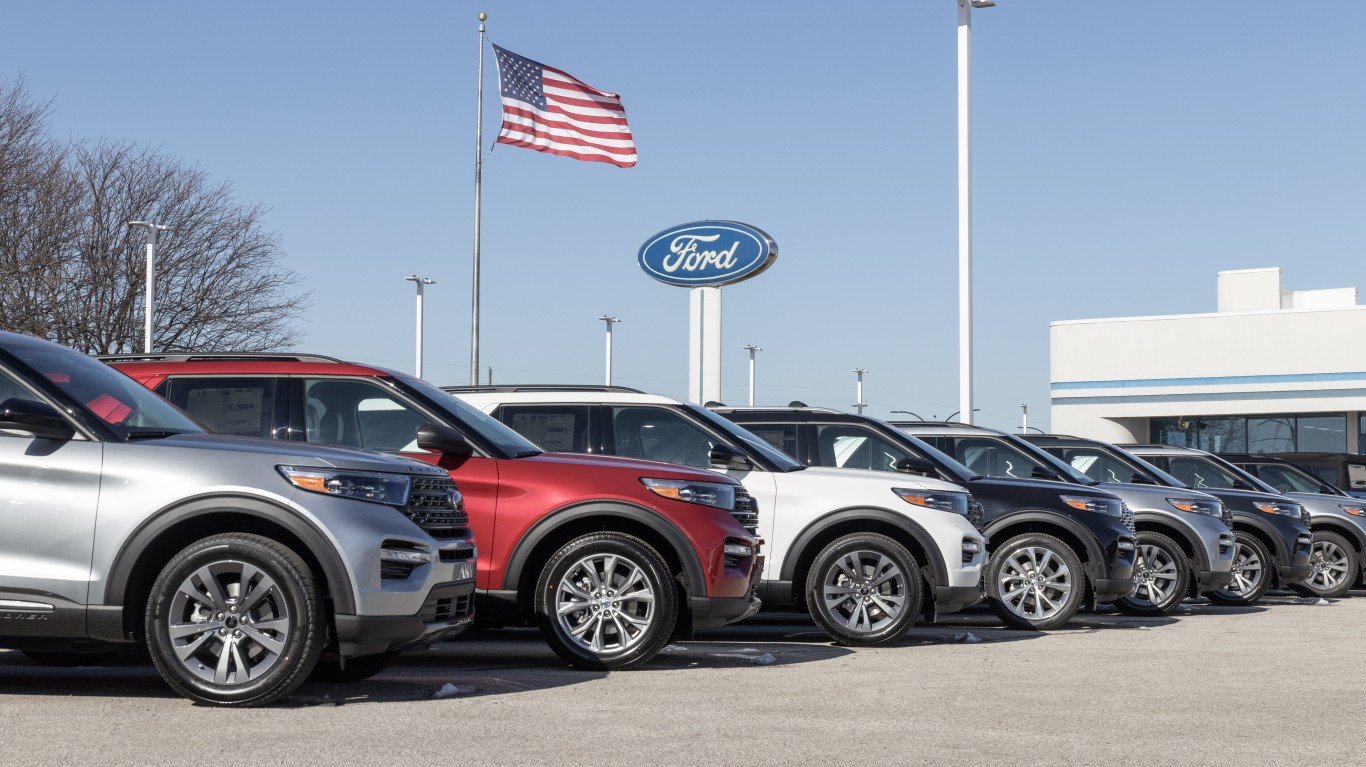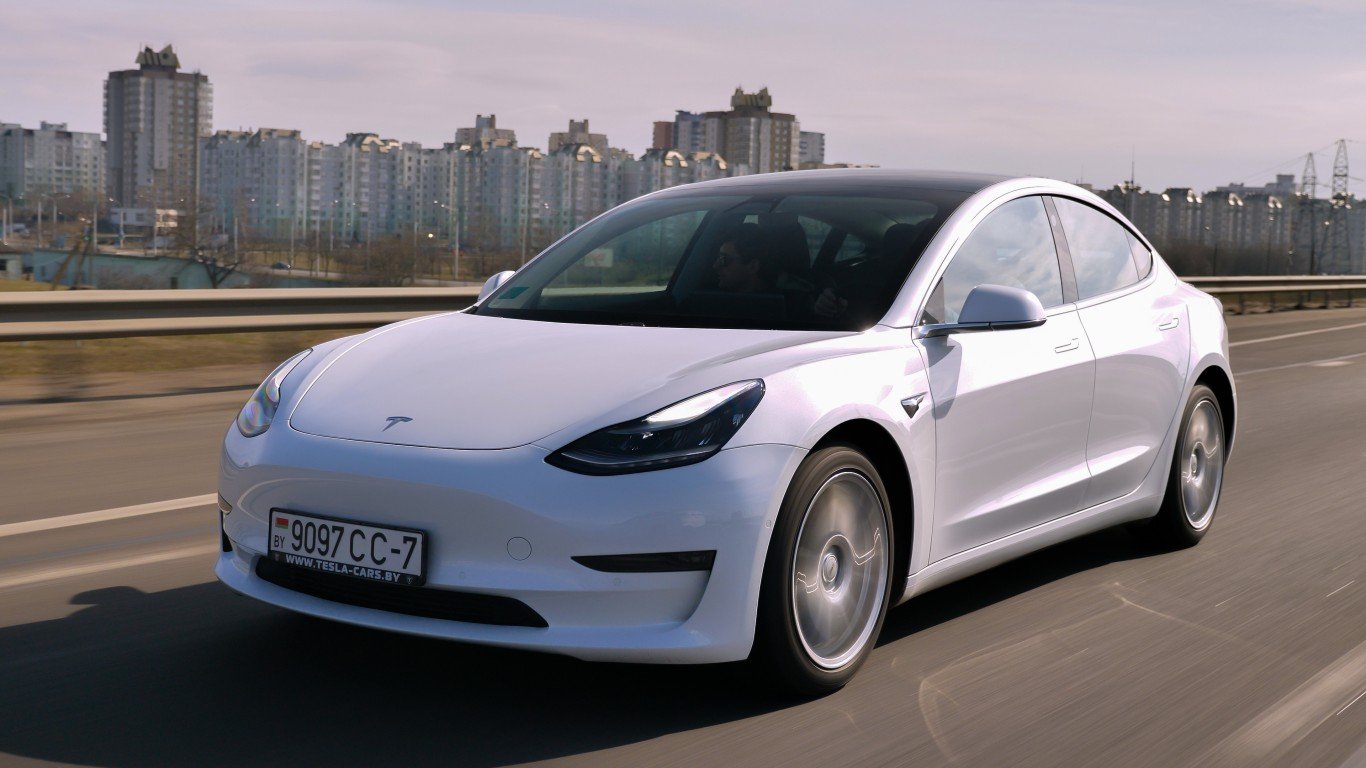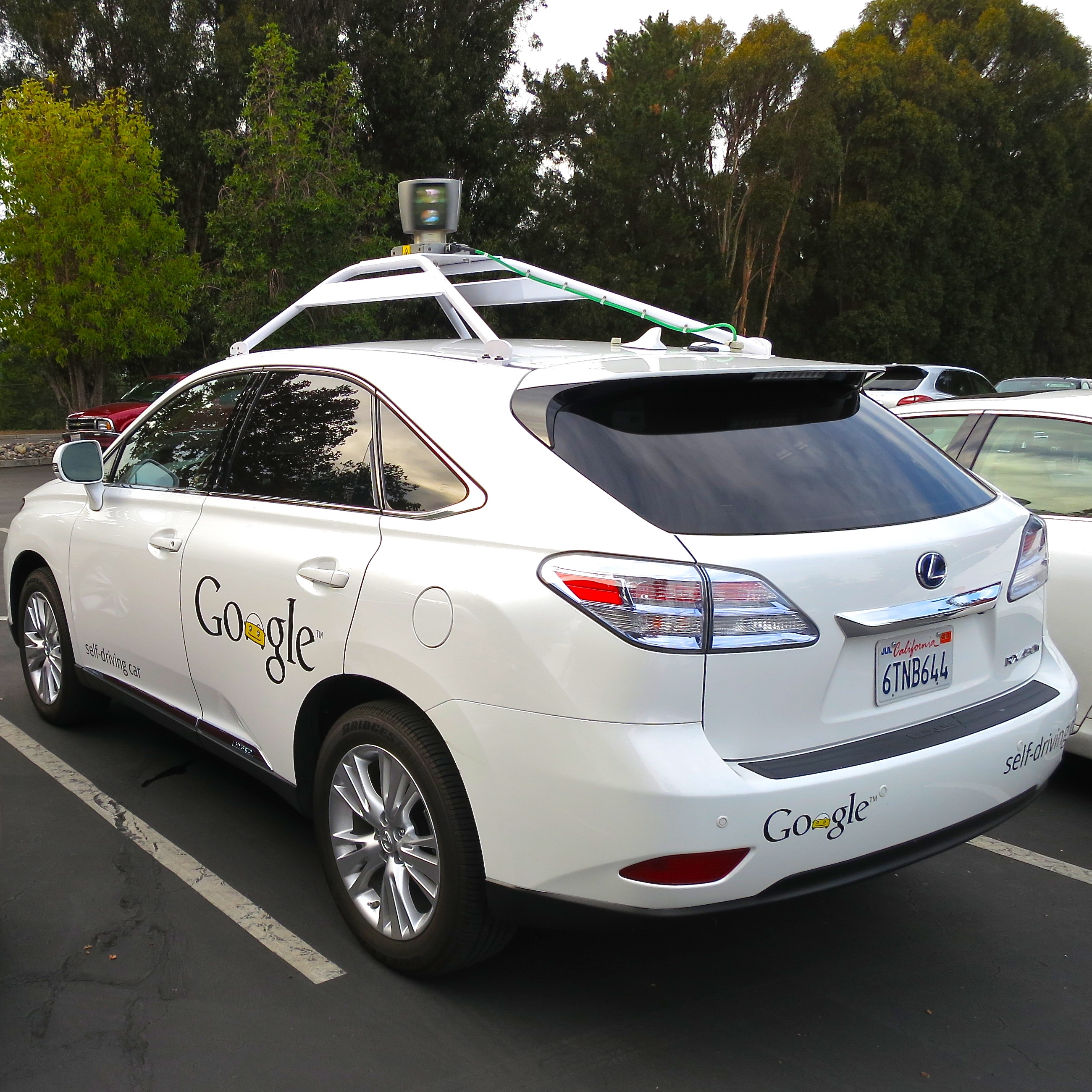

Driverless cars, sometimes referred to as autonomous cars or self-driving cars, will cost Americans over 4 millions jobs, according to one estimate. The question is whether the forecast foundation is believable.
A case can be made on either side of the argument that self-driving cars will add or take jobs from the economy. The chauffeur population is too small to make a difference. New car manufacturing jobs might add employment. On the other hand, people who make cars for drivers can be reassigned. There is an argument that fewer accidents mean a lower need for medical personnel. However, there is some evidence that driverless cars are dangerous. The attempts to make calculations become ridiculous.
Wolf Street recently made the case that the rise of driverless technology will cost 4 million jobs. The argument is based on what may happen in the driverless truck market, so passenger car industry statistics may useless
Trucking and delivery companies are looking at this math from their point of view. Automating the driving process could save them a ton of money. And the big ones are all thinking about it, and spending money on research.
No one is going to switch to fully autonomous trucks next year. This will take some time. But given the amount of resources pouring into it, it won’t take all that much time. A few years perhaps before the first significant numbers are starting to crop up.
Then what? What are the 3.5 million professional and trained full-time drivers going to do? OK, some of them are going to retire by then. But this is still one of the big job opportunities for people without a degree in engineering, willing to be trained and willing to work hard and long hours. These opportunities are now scheduled to go away.
Add to this enough part time drivers to take this to 4.1 million, Wolf Street points out.
There is a portion of the math which could be correct. By a different token, more trucking jobs might be taken up by the railroads, if rail freight costs fall. Or, freight may eventually be moved by transporter beam
Sponsored: Attention Savvy Investors: Speak to 3 Financial Experts – FREE
Ever wanted an extra set of eyes on an investment you’re considering? Now you can speak with up to 3 financial experts in your area for FREE. By simply
clicking here you can begin to match with financial professionals who can help guide you through the financial decisions you’re making. And the best part? The first conversation with them is free.
Click here to match with up to 3 financial pros who would be excited to help you make financial decisions.
Thank you for reading! Have some feedback for us?
Contact the 24/7 Wall St. editorial team.
